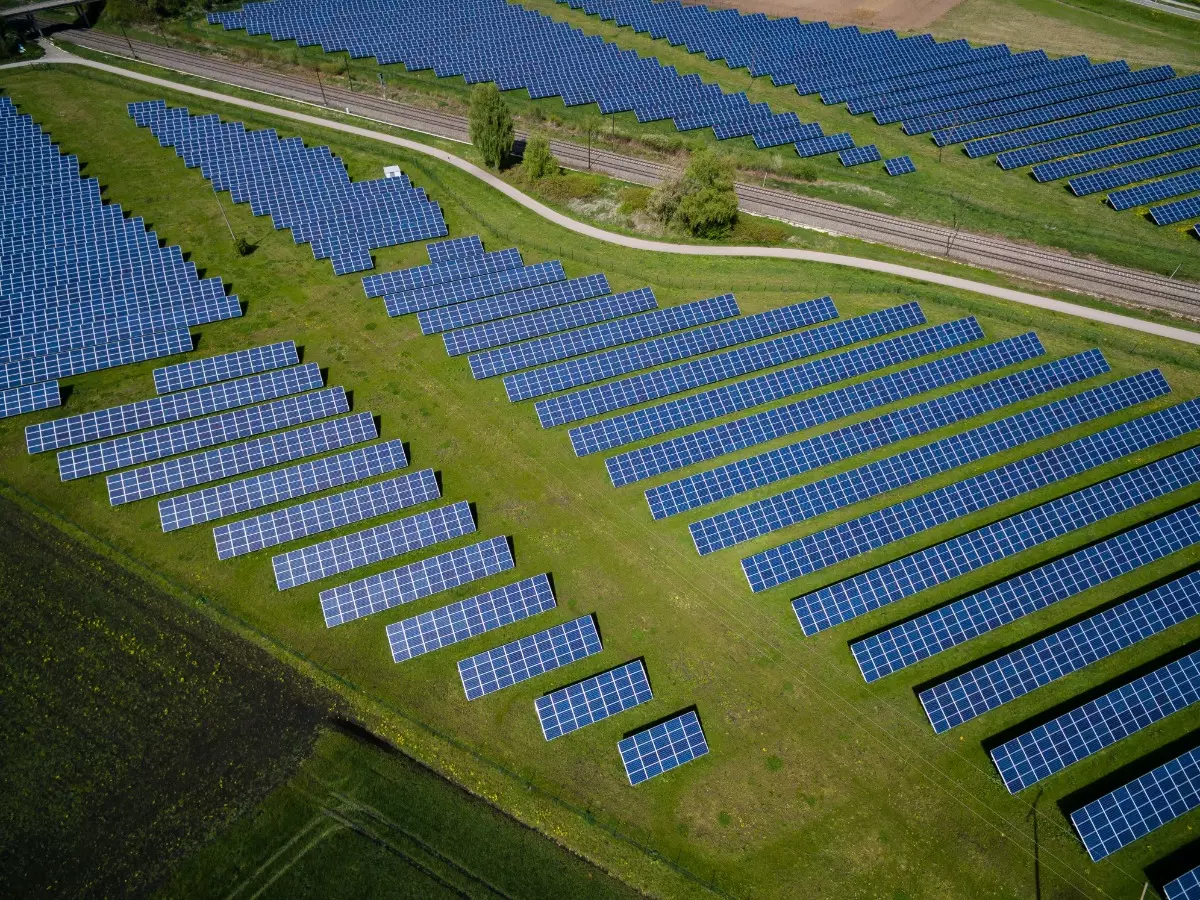COP28: How Well Is India Doing In Terms Of Its Transition To Renewable Energy
India's ambitious goal of reaching net zero emissions by 2070 and meeting 50 per cent of its electricity requirements from renewable energy sources by 2030 is a significant step in the global fight against climate change.

India's ambitious goal of reaching net zero emissions by 2070 and meeting 50 per cent of its electricity requirements from renewable energy sources by 2030 is a significant step in the global fight against climate change. India's rapid economic growth and modernization, fueled by coal and oil, have provided access to modern energy services for millions of citizens.
However, India's annual CO2 emissions have risen to become the third highest in the world, but its CO2 emissions per person remain low. To achieve net zero emissions by 2070, India adapted to strategies to meet most of its energy demand with low-carbon energy sources.
India is one of the world's most promising markets for renewable energy. With abundant solar and wind resources, as well as growing demand for energy, India has the potential to become a global leader in the transition to clean energy. The Indian government has set ambitious renewable energy targets, aiming to reach 500 GW of installed renewable energy capacity by 2030. This represents a nearly three-fold increase from the current capacity of 172 GW; as of March 2023 according to R.K. Singh, Minister of New & Renewable Energy.
 Unsplash
Unsplash
Growth projectile of Indian renewable
India has made significant progress in recent years in expanding its renewable energy capacity. The country ranks fourth in both installed renewable energy and solar power capacity. India¡¯s non-fossil fuel, including large Hydro and Nuclear capacity, has increased 396 per cent in last 8.5 years and stand at 176.49 GW ¨C representing 43 per cent of India¡¯s energy mix, as of July 2023. Moreover, India recorded the highest Year on Year growth in renewable energy additions of 9.83 per cent in 2022. The country¡¯s solar energy capacity has increased by 30 times in the last 9 years and stands at 70.10 GW as of July 2023.
The Solar Benchmarks
India is making significant strides in domestic manufacturing of solar modules and other components of solar systems; directly contributing towards the country¡¯s endeavor to meet its sustainability goals. This is important for reducing India's dependence on imports of solar equipment and for creating jobs in the Indian economy. To aid to the growth of a solar economy, the Indian government has implemented a host of policies to promote domestic manufacturing of solar equipment. These policies include financial perks and preferential procurement requirements.
The government has implemented the Production-Linked Incentive (PLI) Scheme in High Efficiency Solar PV Modules ¨C which could be a part of broader efforts to promote renewable energy and enhance the domestic manufacturing of solar technologies. In Tranche 1 of the scheme, an outlay of INR 4500 cr was made, whereas for Tranche 2, an outlay of INR 19,500 cr was made. The second phase was launched on 21st September 2022 and is expected to build 65 GW of fully/partially integrated manufacturing capacity.
Due to pushback against Chinese solar modules and other components in US and Europe, a window has been created for India to boost its manufacturing capacity and exports. This has also seen a significant amount of private sector investment being made in India¡¯s Solar PV manufacturing sector. Additionally, the government has made it mandatory to source solar PV cells and modules from domestic sources, in schemes and projects, where government subsidy is given, including CPSU Scheme Phase-II, PM-KUSUM and Grid-connected Rooftop Solar Program Phase-II.
Challenges and opportunities
Despite the progress that has been made, there are still a number of challenges that India faces in its transition to renewable energy. One major challenge is the need for massive investments in grid infrastructure to accommodate the growth of renewable energy. According to a report by IEA, approximately 1500 GW of Renewable Energy projects are awaiting approval to be connected to grids globally.
 Unsplash
Unsplash
Another challenge is the need for energy storage solutions to address the intermittency of renewable energy sources. According to Central Electricity Authority, India needs 41.65 GW/208.25 GWh of Battery Energy Storage systems (BESS) to meet its energy demand in 2029-2030. However, despite these challenges, India also has a number of opportunities to accelerate its transition to renewable energy. One opportunity is the declining cost of solar and wind power. Another opportunity is the growing demand for energy in India, which can be met by renewable energy sources.
In a nutshell
India is making significant progress in its transition to renewable energy. The country has ambitious targets for renewable energy capacity, and it is making strides in domestic manufacturing of solar modules and other components of solar systems. While there are still challenges to be addressed, India has a number of opportunities to accelerate its transition to renewable energy. By seizing these opportunities, India can become a global leader in the transition to clean energy.
About the author: Gautam Mohanka is the CEO of Gautam Solar. All views/opinions expressed in the article are of the author.
